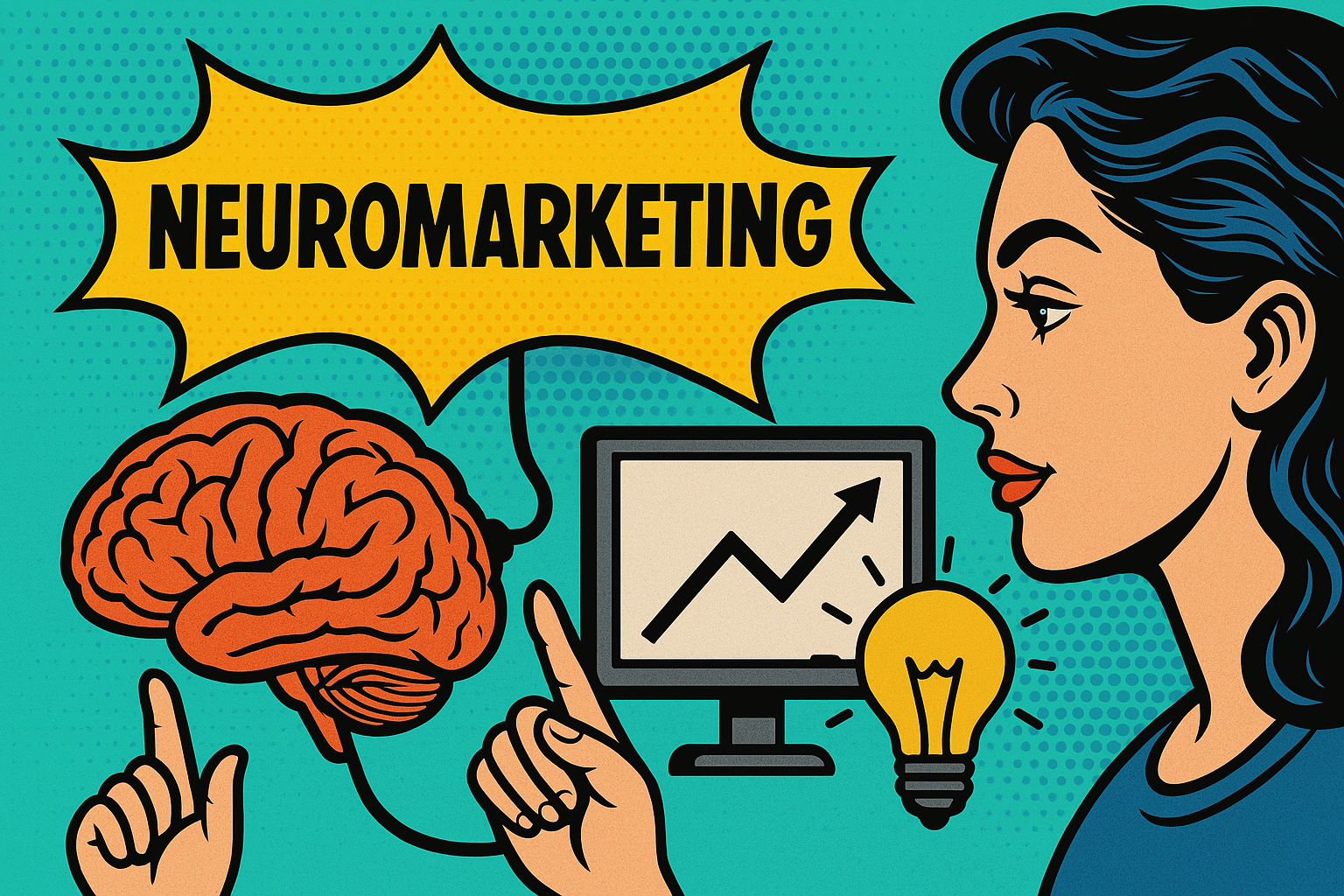

Data: many companies often have access to third-party information, but only you can access your own. Your business collects information with consumers’ explicit consent through interactions on apps and websites and in response to marketing initiatives, such as emails and loyalty programs.
Using your records responsibly can help brands forge direct customer relationships, create value, and improve advertising outcomes.
Despite these advantages, most companies are not yet maximising their figures.
Despite these advantages, most brands are not yet making the most of their information.
Let’s have a look at these five keys to keep in mind.
What slows most brands from using data effectively is the lack of coordinated plans to guide the choice of information to be collected and how to analyze and activate it.
Brands can overcome these challenges by setting clear goals for customer experience and adapting them to their business goals. These goals can help them differentiate between the data they need and what it’s good to have.
Consumers want to see more transparency about how their online data is used and have more control over their experiences with digital advertising. Customers are more willing to share their information when brands demonstrate that they are responsible for the information and use it to deliver value through exclusive offers and loyalty programs.
When planning or re-evaluating your strategy, you need to ask yourself an important question:
Consent management is critical.
Another way to maintain customer trust is to have an excellent approach to data governance. By managing the records correctly and implementing processes to respect their accuracy and completeness, you can avoid security failures while improving accuracy, timeliness, and usability.
Technology and processes are also vital in getting the most out of your data. A good starting point would be to evaluate the maturity of your digital marketing strategy and identify opportunities to improve it.
Determine your shortcomings and consider whether you need new technology to achieve your business goals. Remember that incorporating new technologies won’t help if you haven’t connected the technologies and data platforms you already use.
Once you’ve determined the information you want to collect and how you will manage it, you can focus on how you want to use it to improve the customer experience.
While many brands opt for individualized customization, the time and investment it requires can be significant. Applying a test and learning approach is an effective way to determine the types of activation that will help you achieve your marketing goals. The idea is to demonstrate value quickly with limited case studies.
The final key to the success of your data strategies is measurement. Measuring the effectiveness of the channel helps with media optimization, but measuring the effectiveness of your strategy can help you optimize your entire marketing strategy.
Our facts provides valuable insights that can help us improve customer experience and business outcomes. However, it is also essential that marketing professionals responsibly use their data.
Data: many companies often have access to third-party information, but only you can access your own. Your business collects information with consumers’ explicit consent through interactions on apps and websites and in response to marketing initiatives, such as emails and loyalty programs.
Using your records responsibly can help brands forge direct customer relationships, create value, and improve advertising outcomes.
Despite these advantages, most companies are not yet maximising their figures.
Despite these advantages, most brands are not yet making the most of their information.
Let’s have a look at these five keys to keep in mind.
What slows most brands from using data effectively is the lack of coordinated plans to guide the choice of information to be collected and how to analyze and activate it.
Brands can overcome these challenges by setting clear goals for customer experience and adapting them to their business goals. These goals can help them differentiate between the data they need and what it’s good to have.
Consumers want to see more transparency about how their online data is used and have more control over their experiences with digital advertising. Customers are more willing to share their information when brands demonstrate that they are responsible for the information and use it to deliver value through exclusive offers and loyalty programs.
When planning or re-evaluating your strategy, you need to ask yourself an important question:
Consent management is critical.
Another way to maintain customer trust is to have an excellent approach to data governance. By managing the records correctly and implementing processes to respect their accuracy and completeness, you can avoid security failures while improving accuracy, timeliness, and usability.
Technology and processes are also vital in getting the most out of your data. A good starting point would be to evaluate the maturity of your digital marketing strategy and identify opportunities to improve it.
Determine your shortcomings and consider whether you need new technology to achieve your business goals. Remember that incorporating new technologies won’t help if you haven’t connected the technologies and data platforms you already use.
Once you’ve determined the information you want to collect and how you will manage it, you can focus on how you want to use it to improve the customer experience.
While many brands opt for individualized customization, the time and investment it requires can be significant. Applying a test and learning approach is an effective way to determine the types of activation that will help you achieve your marketing goals. The idea is to demonstrate value quickly with limited case studies.
The final key to the success of your data strategies is measurement. Measuring the effectiveness of the channel helps with media optimization, but measuring the effectiveness of your strategy can help you optimize your entire marketing strategy.
Our facts provides valuable insights that can help us improve customer experience and business outcomes. However, it is also essential that marketing professionals responsibly use their data.



